The keto diet has taken the world by storm with its promise of quick weight loss and other health benefits. But if you’re just starting out, navigating the world of keto-friendly foods can feel overwhelming, especially if you’re used to Indian cuisine. Good news! You don’t have to part ways with your favorite Indian dishes to succeed on keto. Plenty of Indian foods fit perfectly into this low-carb, high-fat lifestyle.
Here’s a detailed guide for beginners to help you enjoy the best of Indian cuisine while staying keto-compliant.
What is the Keto Diet?
The ketogenic diet, or keto for short, is a low-carb, high-fat diet designed to put your body in a state of ketosis. During ketosis, your body burns fat for energy instead of carbohydrates. To achieve this, you need to restrict your daily carbs (usually under 20–50 grams) and focus on healthy fats and moderate protein intake.
The key to keto success is meal planning and knowing which foods to include or avoid. It might sound like a lot of work, but the payoff can be significant, especially for weight loss, energy stabilization, and improved mental clarity.
Now, what about Indian food? Isn’t it full of carbs, thanks to rice, naan, and lentils? While those are traditional staples, there’s a wide variety of Indian dishes that are naturally low-carb or easily adaptable for keto.
Top 10 Indian Foods You Can Eat on Keto
1. Paneer (Indian Cottage Cheese)
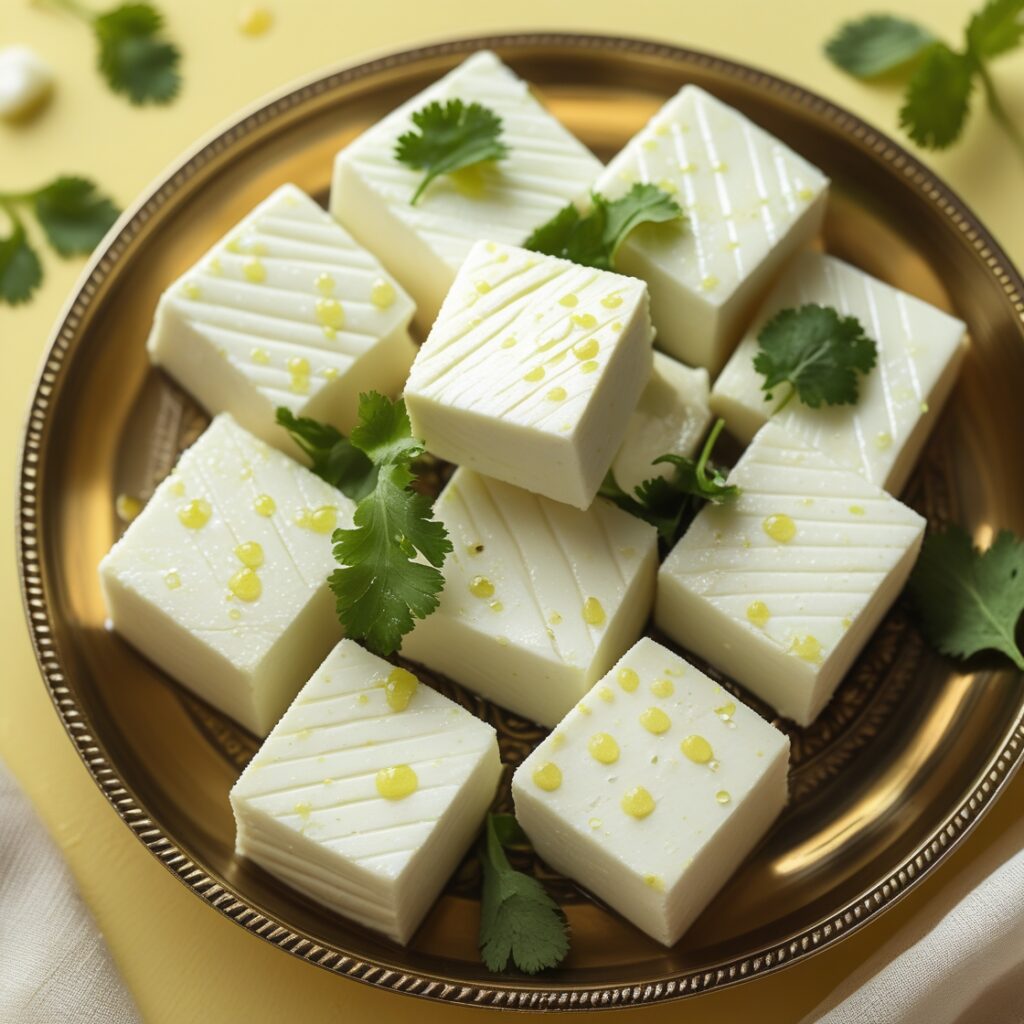
Paneer is a fantastic keto-friendly ingredient loaded with fat and protein, and it’s extremely versatile. With minimal carbs, paneer can be paired with spices, sautéed in butter, or added to curries. Try dishes like Paneer Butter Masala (without the sugar-heavy gravy) or stir-fried Paneer Tikka.
Benefits: Rich in calcium, protein, and healthy fats, paneer keeps you full and helps build muscle.
Beginner Tip: Use full-fat paneer, not the low-fat version. You can buy it fresh or make it at home with just milk and lemon juice.
2. Cauliflower (Gobi)
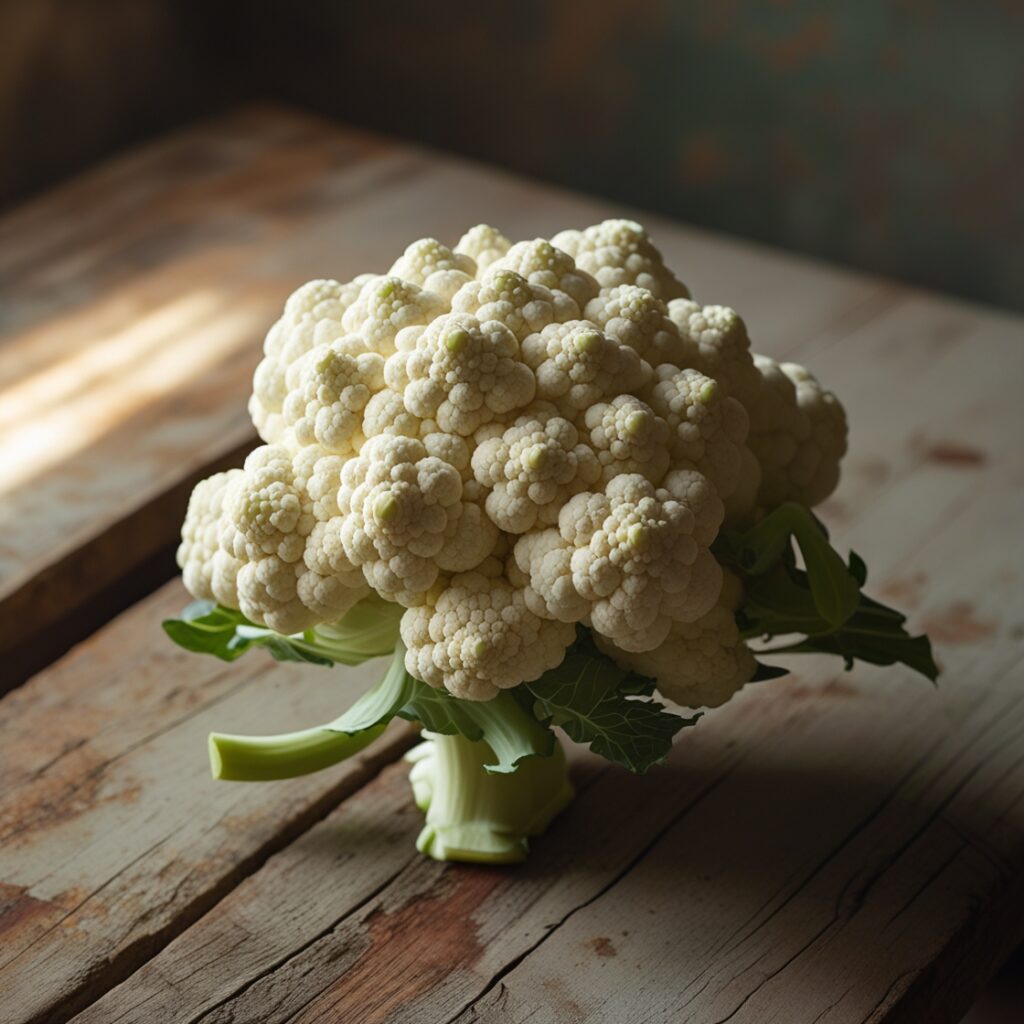
One of the most keto-friendly vegetables, cauliflower can replace high-carb ingredients like rice and potatoes. Use it to make Cauliflower Rice Pulao, savory Gobi Sabzi, or even baked cauliflower bites seasoned with Indian spices.
Benefits: Low in carbs and calories, cauliflower is high in fiber and antioxidants.
Beginner Tip: Grate cauliflower to make a rice substitute or mash it as a potato alternative for curries.
3. Coconut
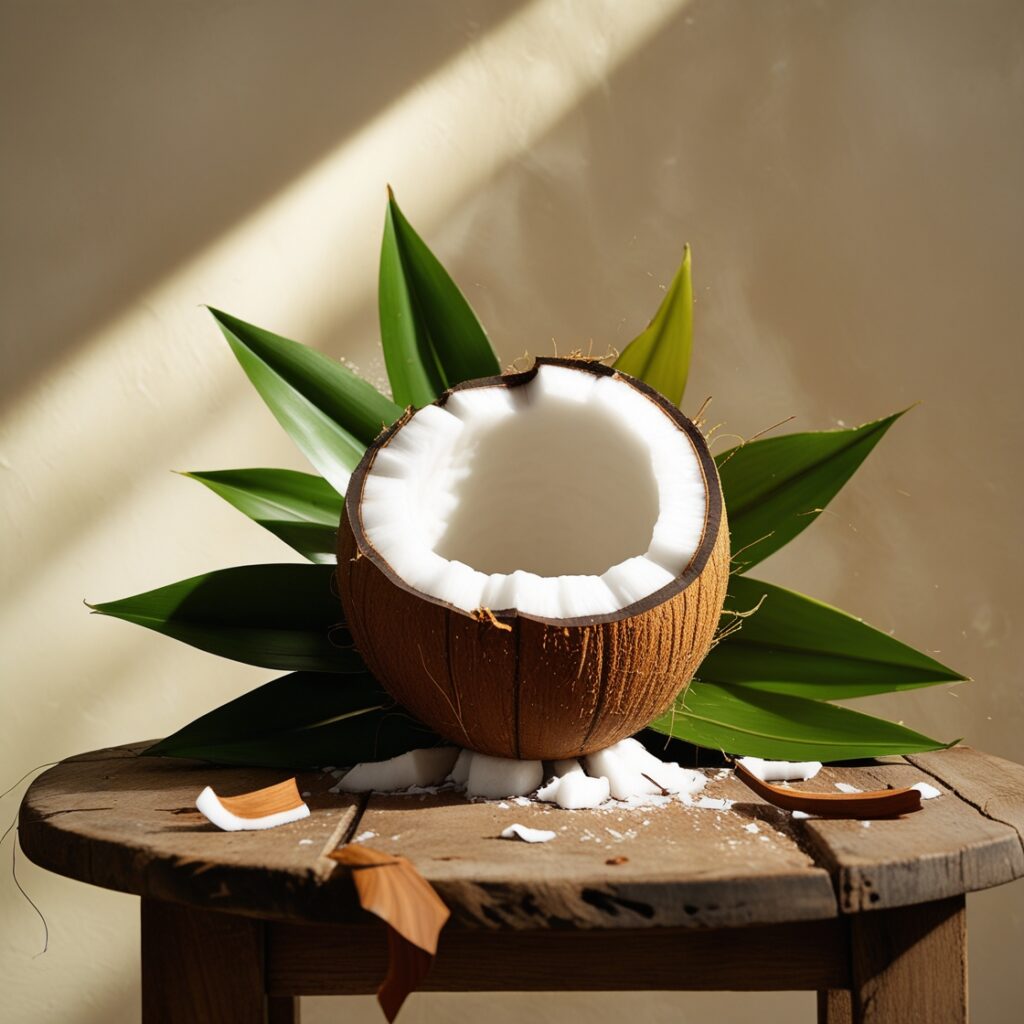
From coconut oil to coconut milk and fresh coconut chunks, this ingredient is a keto superstar. Coconut oil is great for curries, and coconut milk can create creamy gravies for dishes like Keto Coconut Chicken Curry.
Benefits: Packed with medium-chain triglycerides (MCTs), coconut is a powerhouse of healthy fats that aid in ketosis.
Beginner Tip: Choose unsweetened versions of coconut products to avoid hidden sugars.
4. Spinach (Palak)

Spinach is a versatile leafy green that’s low in carbs and can be used in many Indian recipes. Make Palak Paneer, spinach soup, or a spinach stir-fry to add variety to your meals.
Benefits: High in iron, fiber, and vitamins, spinach supports overall health and helps prevent nutrient deficiencies on keto.
Beginner Tip: Pair spinach dishes with ghee or butter to increase your fat intake.
5. Eggs

Eggs are a staple on the keto diet, and they fit beautifully into Indian breakfast recipes. Try spicy scrambled eggs (Anda Bhurji) or boiled eggs with a sprinkle of chaat masala.
Benefits: Loaded with protein and healthy fats, eggs are filling, easy to cook, and budget-friendly.
Beginner Tip: Use eggs to whip up quick snacks or breakfasts when you’re short on time.
6. Fish (e.g., Salmon, Mackerel, Pomfret)
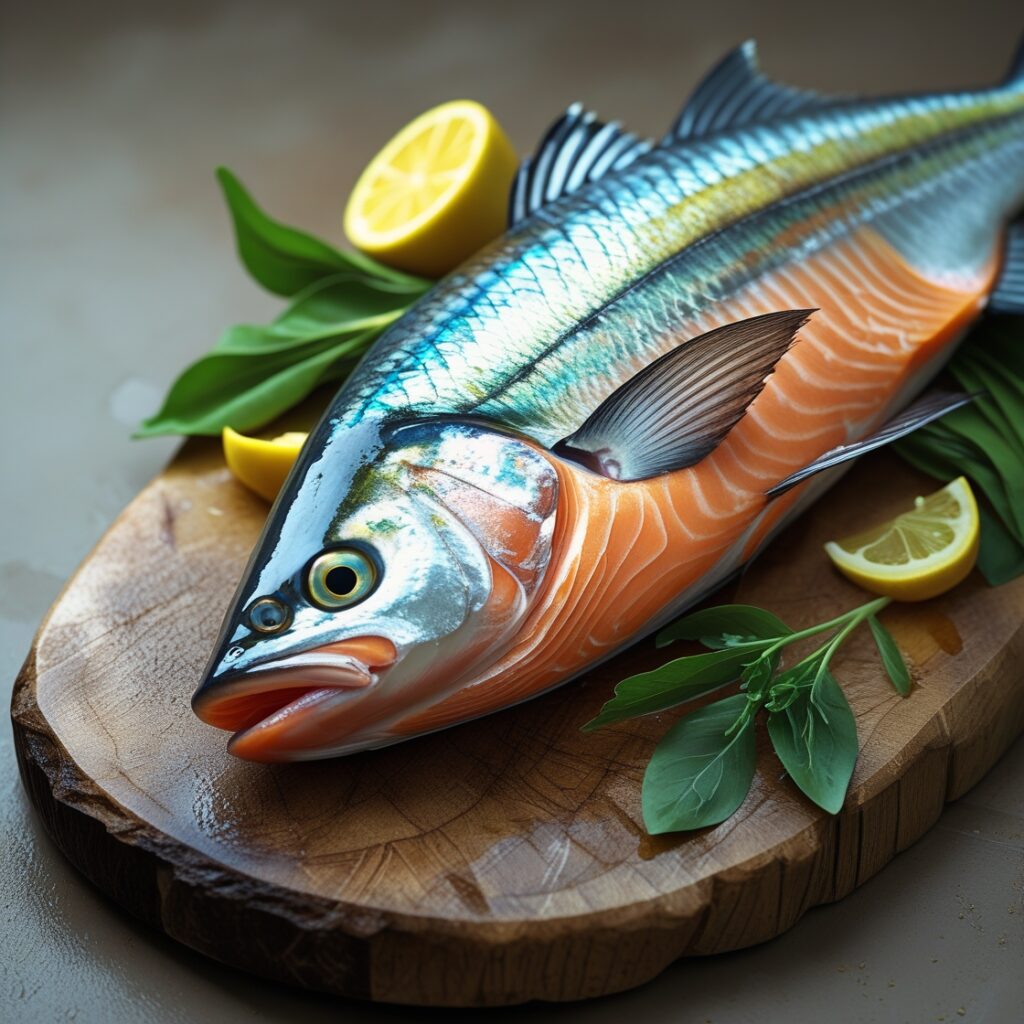
Many Indian fish dishes can work on keto, especially those cooked in mustard oil or coconut milk, like Fish Curry. Avoid batters and heavy sauces, and opt for grilled or pan-fried options.
Benefits: Fish is an excellent source of omega-3 fatty acids, which are good for brain health and reducing inflammation.
Beginner Tip: Include fatty fish like salmon or mackerel for extra omega-3s, or try tandoori-style fish for a flavorful twist.
7. Full-Fat Yogurt (Dahi)
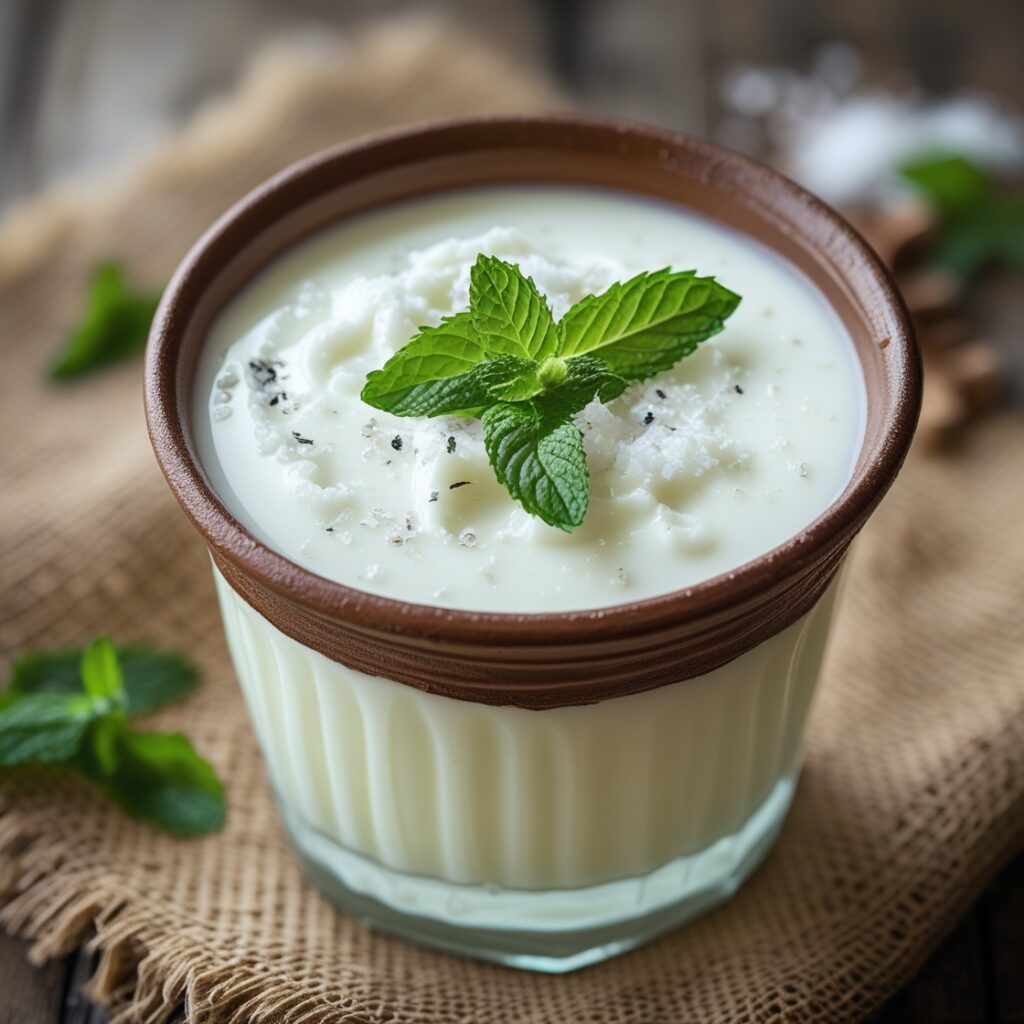
Full-fat yogurt is great for keto as long as it’s unsweetened. Enjoy a cooling bowl of raita made with cucumber or use it as a base for marinades.
Benefits: Yogurt provides probiotics, which aid digestion, and supplies fat and protein for energy.
Beginner Tip: Avoid flavored yogurts as they’re packed with hidden sugars. Stick to plain, full-fat varieties.
8. Zucchini (or Turai)

Zucchini is a flexible low-carb vegetable that can be cooked in Indian styles. Try it in Zucchini Sabzi or use it as a substitute for noodles (zoodles) in curries.
Benefits: It’s low in carbs, high in water content, and provides vitamins and minerals essential for hydration.
Beginner Tip: Use a spiralizer to create zucchini noodles as a fun and creative replacement for pasta.
9. Ghee (Clarified Butter)
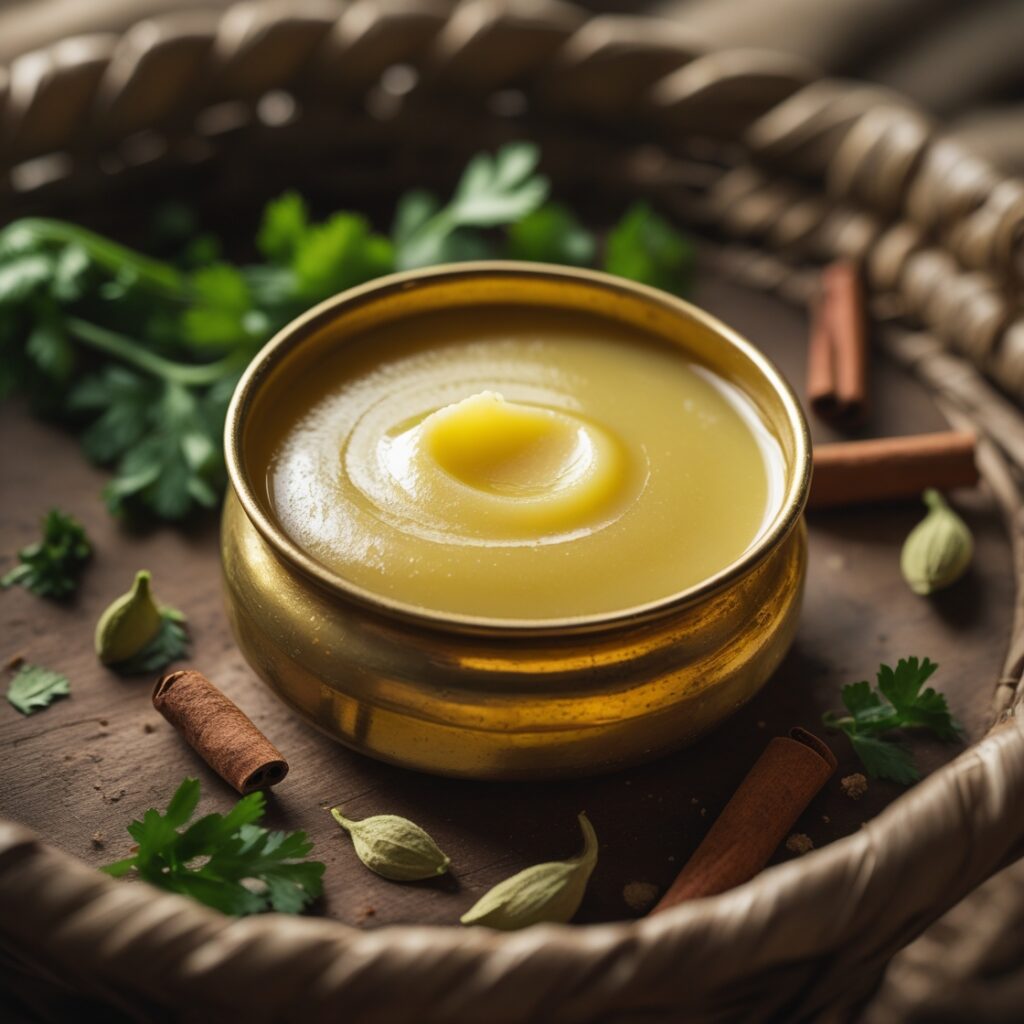
No Indian keto list is complete without ghee! It’s a source of healthy fats and adds depth and richness to your meals. You can use it to temper spices, fry veggies, or even drizzle over curries.
Benefits: Ghee boosts healthy fats, aids digestion, and enhances the flavor of dishes.
Beginner Tip: Make your own ghee at home for the best quality, or look for grass-fed options when buying.
10. Avocados
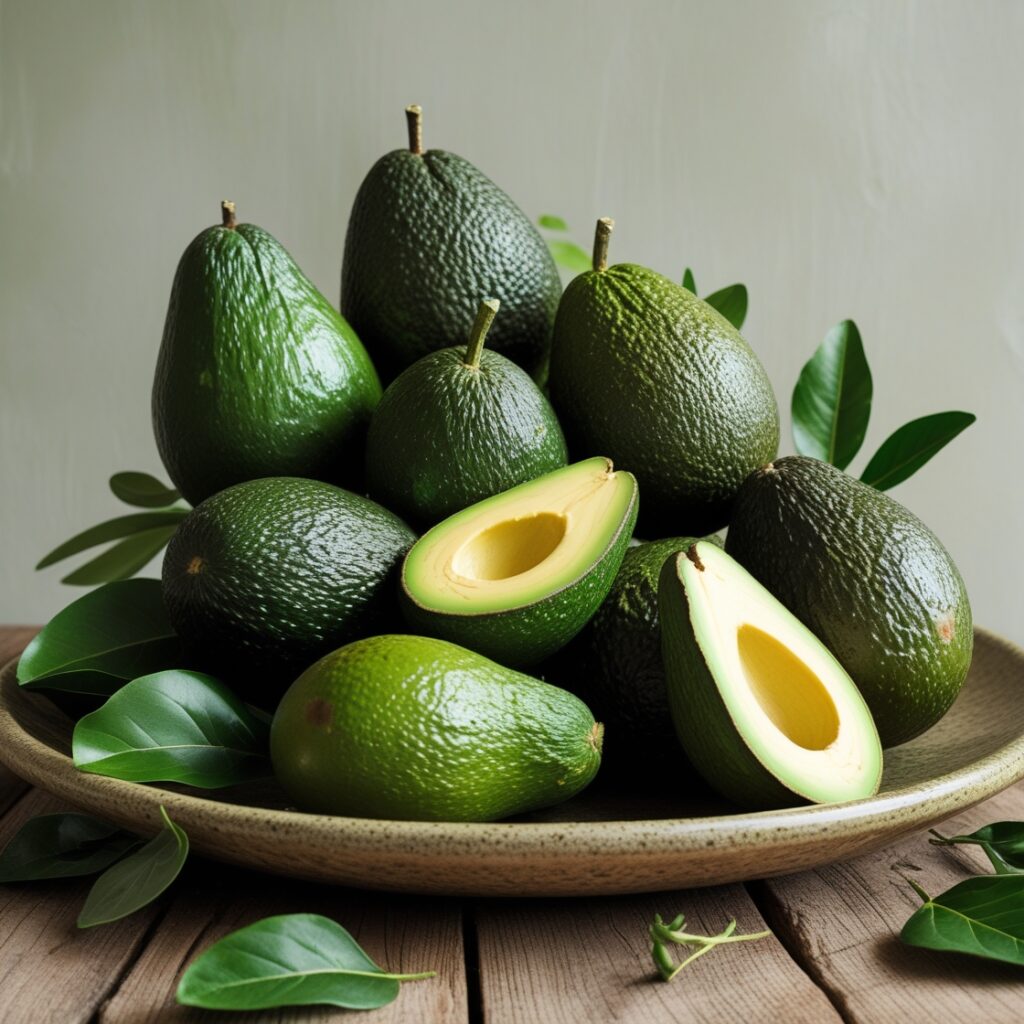
Though not traditional in Indian cuisine, avocados are fantastic for keto. Their creamy texture makes them an excellent ingredient for blending into dips like Avocado Chutney.
Benefits: High in healthy fats and potassium, avocados can prevent the “keto flu” and help you feel full.
Beginner Tip: Add diced avocado to salads and garnish curries for a modern twist on Indian dishes.
Tips for Beginners
- Plan Ahead: Meal prepping is key to avoiding carb-heavy mistakes. Plan your weekly meals, keeping carb counts low and fat intake high.
- Stock Up on Spices: Indian spices like turmeric, cumin, and cinnamon are keto-approved and can add flavor without extra carbs.
- Drink Water: Ketosis can lead to dehydration, so stay hydrated and add electrolytes when needed.
- Be Cautious with Ingredients: Avoid sugar, lentils, and starch-heavy ingredients when preparing dishes.
- Experiment: Try modifying traditional recipes to suit keto requirements. For example, swap rice for cauliflower rice or use almond flour to make keto-friendly rotis.
The keto diet doesn’t mean giving up on flavor or your favorite Indian meals. By incorporating these keto-friendly ingredients, you can enjoy Indian cuisine while staying on track. With a little creativity and planning, your transition to a keto lifestyle can be smooth and enjoyable.
Start small, experiment with your meals, and discover how delicious keto can be with the rich flavors of India. Happy cooking!
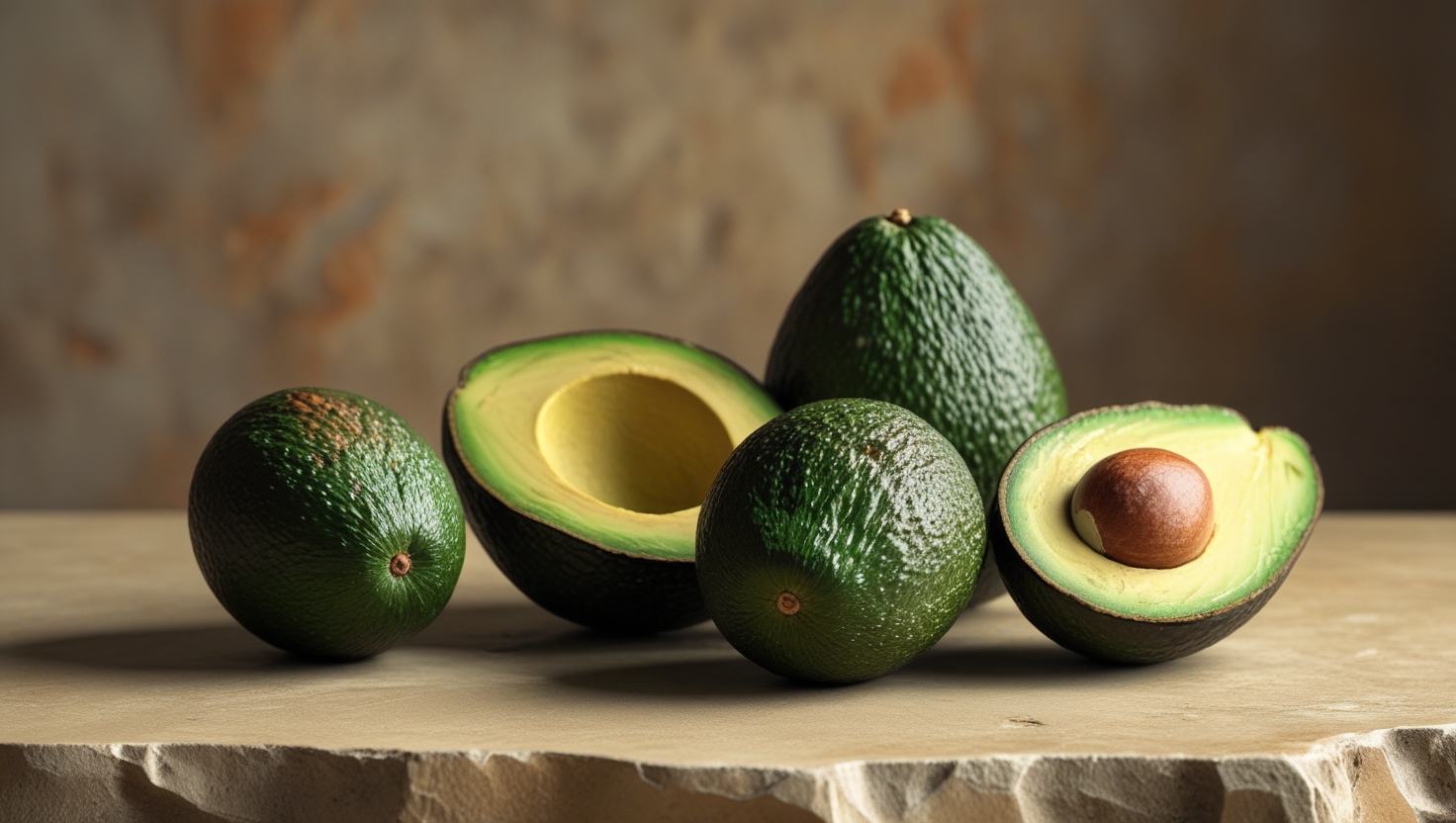
Leave a Reply